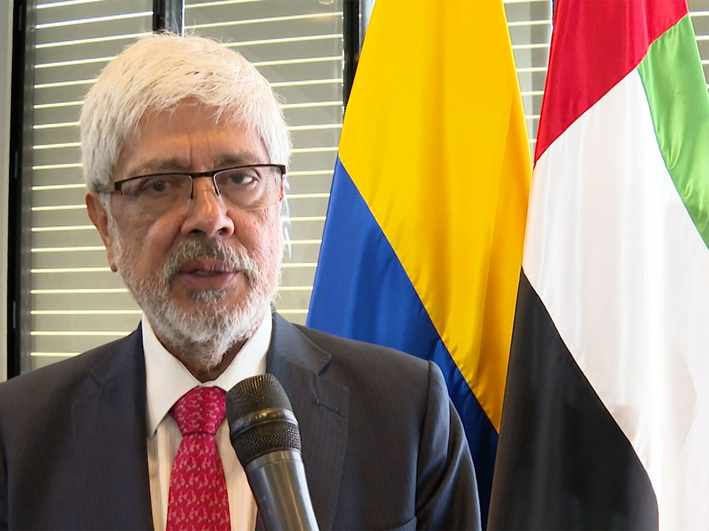Why Micromobility Deserves A Front Seat In The Infrastructure Discussions
- Date: 19-Jul-2021
- Source: Forbes
- Sector:Oil & Gas
- Country:Middle East
Why Micromobility Deserves A Front Seat In The Infrastructure Discussions
This past month, the leaders of the G7 countries met in Cornwall England, and as expected much of the discussion was centered on climate change - particularly as it has seemingly converged with the COVID-19 crisis. Yet, the ambitious statements offered up by the attendees left something to be desired when it came to actionable solutions, mobility included. Although shared mobility was mentioned in the official post- G7 summit communiqué, a single sentence buried in a 25-page document will not turn the tide for new, sustainable modes of transport to unfold into their full transformative potential.
However, with the trillion-dollar infrastructure investments proposed by the Biden Administration as part of the American Jobs Plan, things might change. Looking closer at the $1.2 trillion USD bipartisan agreement reached by Congress, however, most of the money will be invested into (re-) building existing infrastructure like roads, bridges, and railways. While hardly anyone would dispute that this is dearly needed, questions remain regarding how big micromobility’s piece of the pie will be in relation to the much larger infrastructure package that shall pass through budget reconciliation. For many reasons, one can only hope that it will be substantial.























